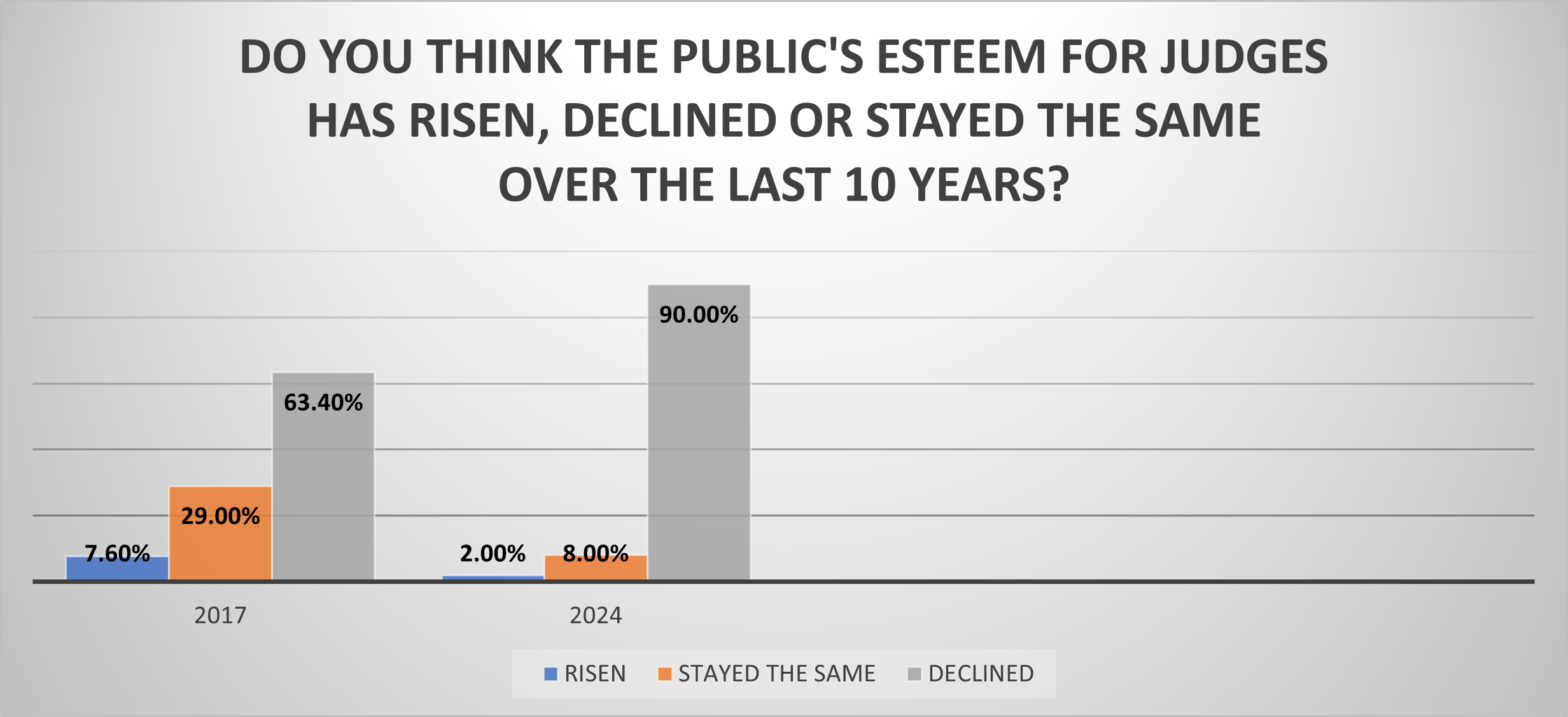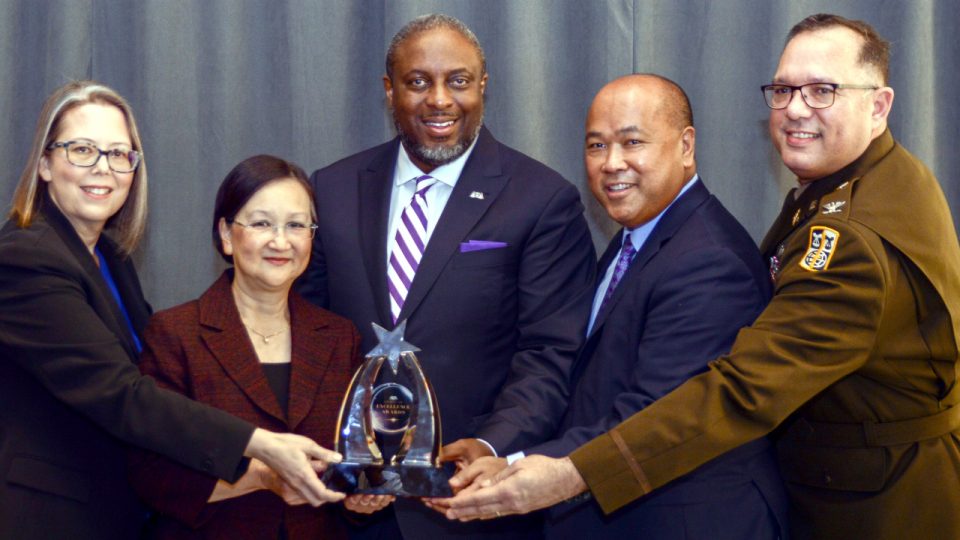
We know that all adult learners process information differently. They have distinct preferences in how they like to have information presented to them and what content they prefer to have included in a presentation. We also know that presenters’ styles of presentation usually reflect their own preferences in this regard.
This article will offer some suggestions for including even your less-preferred styles into your presentations. Even if you know your own MBTI type preferences, you usually will not know what each individual participant’s preferences are. But, by including a variety of strategies, you can reach the learners in their own comfort zones.
To enhance learning of Extraverts, your enthusiasm is important! It is also critical to allow the learners time for discussion and participation. To enhance learning for the Introverts, provide written materials ahead whenever possible and let them know those materials will be discussed in the session. Then be ready to ask specific questions and WAIT – at least 20 seconds – for participation.
Sensing types want to see the specific facts and details and the real life examples that show why your positions make sense and are realistic. The Intuitives want to get an overview of your whole presentation at the beginning so they have a context for what is to come. They also want to hear several different possibilities for action – and don’t forget to give them the “cutting edge” happenings!
For the Thinkers, be succinct. Give them the information you want them to know in a logical structure and be sure to list all the costs and benefits or pros and cons of the positions, theories, or abstract principles involved. For the Feelers, show them how people are impacted by the issues and why the area is important to the people involved. They will learn best in a friendly, collaborative session where the presenter expresses appreciation for the contributions of others, including the participants.
Judging types – and most judges do fall into this type, unsurprisingly – want you to start and end on time, they want a structured, organized framework, and they want all your audiovisual bells and whistles to WORK. Do a run through before your presentation to be sure all is running smoothly. And, to keep these participants attentive and engaged, tell them how long you will speak and stick to it! For the Perceiving types – and there will always be plenty of those as well – offer your session as an opportunity to explore options and discuss the issues presented. For these learners be sure to respond to questions or issues that arise during the presentation – either immediately at the time the question is asked, or in timely feedback after the issue arises. Try not to put off answers to questions by saying you will get to it later in the presentation; if possible, give an immediate brief answer and then add that you will take it up in greater detail/depth later in the presentation. This will keep your Perceivers engaged.
The Myers-Briggs Type Indicator deals with preferences. The better able we are to reach all our learners’ preferences, the more successful and useful our presentations can be! For more information on the MBTI, contact Joy Lyngar or me.
Resources:
An Orientation to Jung’s Theory and the MBTI Qualifying Program, Center for Applications of Psychological Type, Inc.
Shape Up Your Program! Tips, Teasers, & Thoughts for Type Trainers, Fields & Reid
People Types & Tiger Stripes, 3d Edition, Gordon Lawrence
Faculty Forum
News about and by NJC faculty members.

RENO, NV (PNS) – As they eye their inaugural football season this fall, the Gaveliers have question marks...

In what may reflect a devastating blow to the morale of the judiciary, 9 out of 10 judges believe the publi...

RENO, Nev. (Jan. 26, 2024) — The nation’s oldest, largest and most widely attended school for judges �...

RENO, Nev. (Feb. 7, 2024) — National Judicial College President & CEO Benes Z. Aldana received the Am...

It’s the bear, by a clear majority. A bear to be called Bearister. January’s Question of the Month* ...